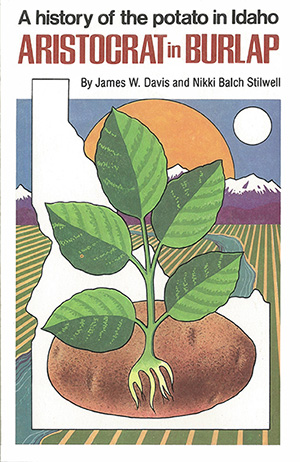Another technological advancement that has contributed greatly to the Idaho potato industry is the mechanically refrigerated railroad car and its companion in motor carriers, the mechanically refrigerated semi- trailer. The latest development in the transportation of frozen foods is the CO2 refrigerated rail car in which the freight car is charged with liquid carbon dioxide to keep the load frozen solid for periods as long as 14 to 16 days if necessary.
Without the availability of refrigerated transportation, it would be impossible to move the huge tonnage of frozen potatoes to market that is now being shipped. In addition to frozen products, mechanically refrigerated cars and trucks are also used to ship fresh potatoes with more accurate temperature control and reliability than the old ice bunker box cars that were used for so many years.
The development of computers has impacted the agricultural industry as it has almost every productive activity in the western world. A computerized system called automatic defect removal has enabled potato processors to eliminate most of the hand labor of trimming defects from potatoes that are to become French fries and other processed products.
Use of automated controls on nearly every phase of processing has likewise accomplished savings in labor cost and tightened tolerances for higher quality.
On the farm, controls of temperature, humidity, and air movement in potato-storage buildings are now under the ever-alert monitoring of computers as are some sprinkler-irrigation systems. Scheduling of irrigation is also optimized by government-owned computers that calculate the amount of moisture plants have used and how much has evaporated by temperature and wind. Growers use the information to regulate the quantity of water they put on crops accordingly.
An irrigation system "was developed in which individual sprinkler nozzles can be automatically controlled to supply more or less water to each section of the field as the center pivot system passes over it. The water-need information comes from infrared aerial photographs which show the relative wetness or dryness of every part of the field. Scanning the photograph into a computer enables it to automatically change application rates of each nozzle on the sprinkler system to provide exactly the amount of water needed.
Computers have steadily increased their

